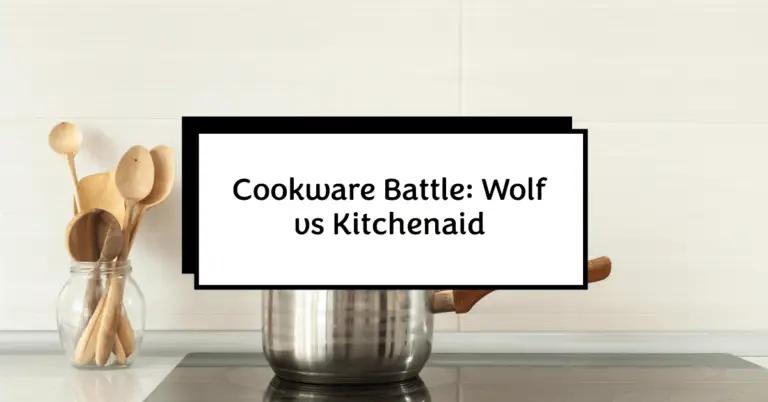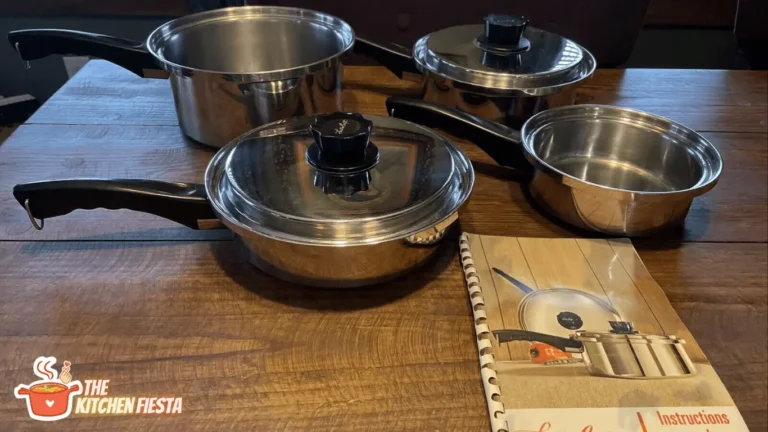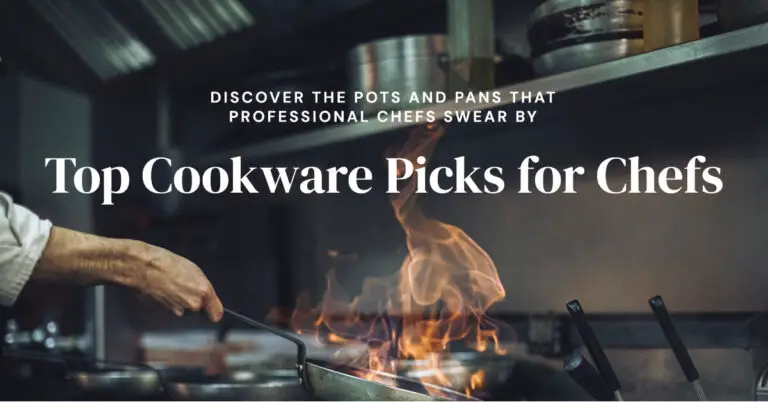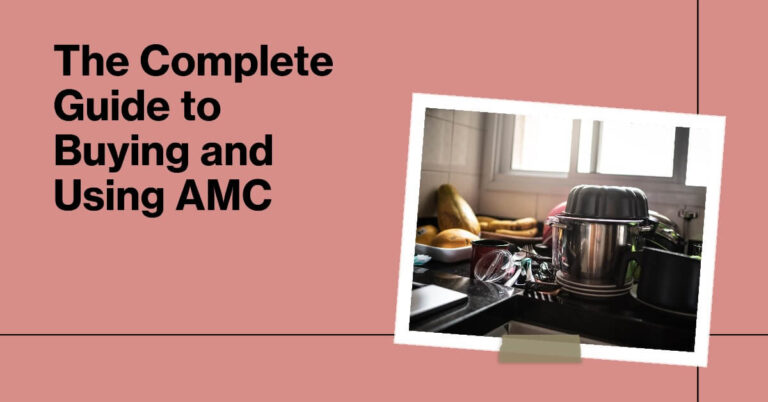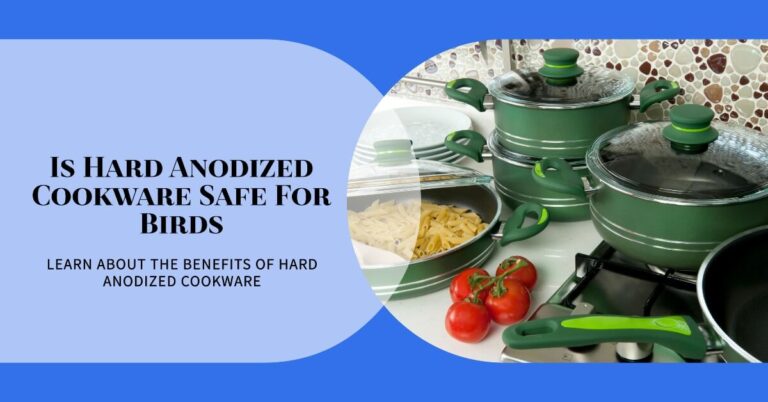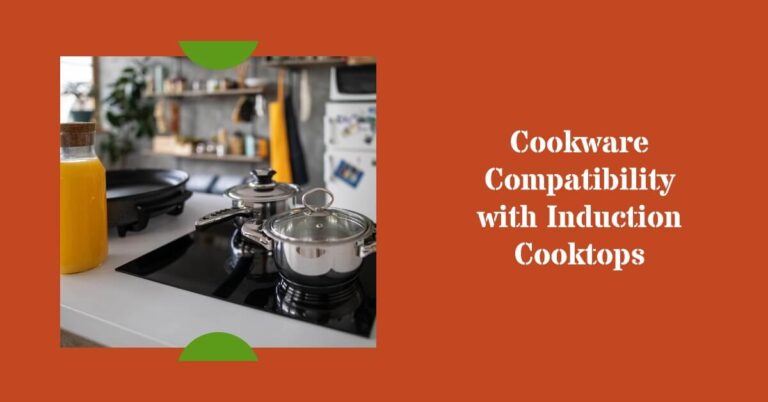Zline vs Viking Ranges: Which is Better for Your Home?
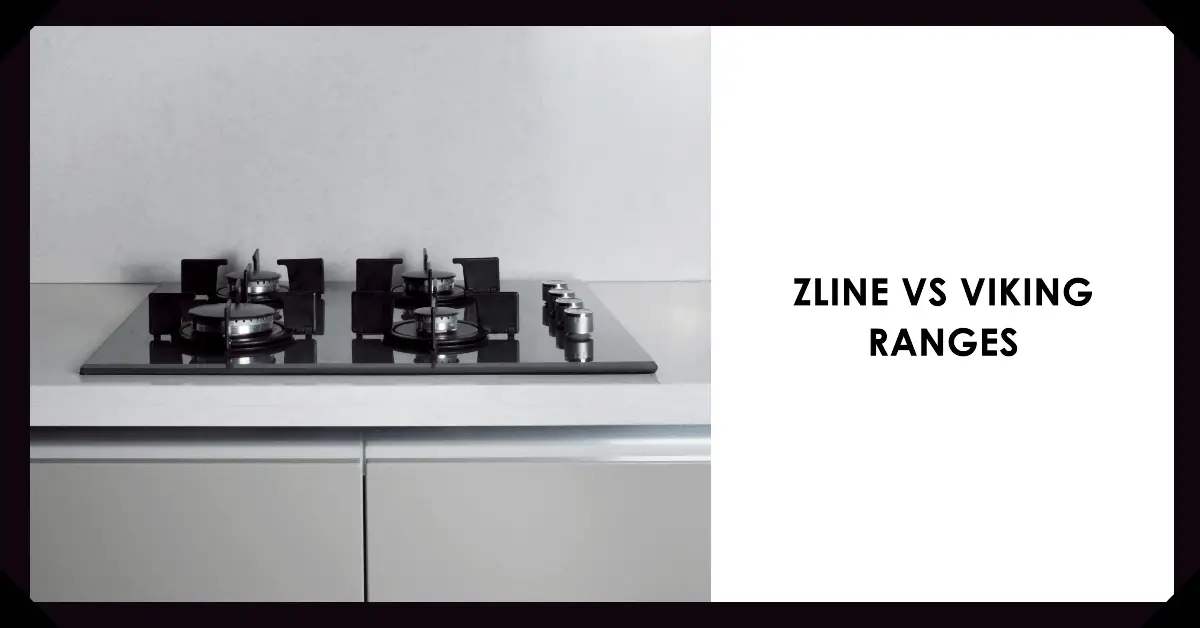
If you love cooking and are looking to upgrade your kitchen with a powerful, professional-grade range, you’re probably considering the top brands on the market – Zline and Viking. Both companies make high-end, pro-style ranges with top performance and quality.
But how do you choose between them to find the best range for your needs and budget?
In this in-depth comparison, we’ll compare Zline and Viking across all the factors that matter most:
- Price and value
- Cooking performance
- Design and aesthetics
- Features and technology
- Reliability and durability
- Warranty coverage
We’ll also make an overall recommendation on which brand is better for most home chefs.
Let’s dive in and see how Zline and Viking kitchen ranges stack up.
An Overview of Zline and Viking Ranges
Before we directly compare the two brands, let’s provide some background on who Zline and Viking are and the types of ranges they offer.
Zline – Affordable Luxury Pro-Style Ranges
Founded in 2009, Zline is a relatively new player in the kitchen appliance market that specializes in professional-grade ranges.
Zline’s goal is to offer the power, performance, and luxury features of high-end ranges at more affordable prices. This allows more home cooks to access pro-style cooking without breaking the bank.
Their ranges start at around $2,500 and top out around $4,500.
This positions Zline as an attractive mid-tier brand – more affordable than ultra-luxury names like Wolf and Viking, but offering more performance and quality than mass-market brands.
Zline uses quality materials like commercial-grade stainless steel and hand-assembles their ranges in the US.
Viking – The Original Pro-Style Range
If we’re talking premium pro ranges, Viking is the original.
Founded in 1987, Viking basically created the professional-style residential range market. For decades, they were essentially the only manufacturer of these luxury, commercial-inspired ranges.
Viking cemented themselves as the top high-end appliance brand in terms of performance, quality, and status.
Their ranges start around $6,500 and go all the way up to $15,000+.
So Viking is positioned as an ultra-luxury, aspirational brand. Their ranges are seen as the pinnacle of cooking power and prestige.
Viking ranges are also made with premium materials like heavy-duty stainless steel and crafted in the US.
Professional-Grade Performance
The core appeal of both Zline and Viking is that they offer serious power and performance for home cooking.
These pro-style ranges have high BTU burners, convection ovens, precise temperature control, and more. This gives home chefs restaurant-quality cooking capabilities.
Heavy-duty build quality and durability also allow them to handle the demands of frequent, intensive use.
So both Zline and Viking deliver excellent cooking experiences – the question is how they compare in terms of specific features and value.
Now let’s get into the detailed side-by-side comparisons.
Zline vs Viking Range Price and Value
The most obvious difference between Zline and Viking is price. Viking commands luxury brand pricing starting around $6,500 while Zline ranges start around $2,500.
Here’s a chart comparing price ranges across some of their most popular models:
| Model | Zline Price | Viking Price |
| 30” Range | $2,200 – $4,000 | $6,500 – $8,900 |
| 36” Range | $3,500 – $4,500 | $7,100 – $11,500 |
| 48” Range | N/A | $9,500 – $15,000 |
As you can see, Viking’s prices are nearly double or more across comparable range configurations and sizes.
This significant price difference is the main reason many shoppers consider Zline – you can get a luxury range with similar features and performance for thousands less.
However, it’s not an apples to apples comparison. Here are some additional factors to consider:
1. Brand Cachet
Viking is an established luxury appliance brand. There’s prestige and status that comes with owning Viking appliances many buyers are willing to pay for.
Zline doesn’t have that same reputation yet, but their products and reviews speak for themselves.
2. Exclusive Features
Viking offers some patented features you can’t get anywhere else that justify the higher cost for serious cooks.
For instance, the Viking Rapid Ready infrared broiler provides intense searing heat you can’t match.
3. Luxury Materials
As the premium brand, Viking uses heavier-gauge metals and higher-end finishes that increase costs.
So if your budget accommodates it, Viking may be worth the upgrade. But for most home chefs, Zline delivers professional performance for less.
Cooking Performance Comparison
The most important factor in choosing a pro-style range is cooking performance. You want the power, responsiveness, and Versatility to cook like a chef at home.
Zline and Viking ranges both deliver excellent performance, but there are some notable differences depending on what’s important to your cooking style.
Burners and Heating Power
Pro-style ranges are all about maximum heating power, so burner output is a top priority. More BTUs = faster boiling, searing, and stir frying.
The highest power burners on both Zline and Viking ranges produce around 22,000 BTUs of heat. Some models go up to 23,000+ BTUs.
This level of power allows you to quickly boil large pots of water or get a perfect sear on steaks when you need it.
But you also want lower BTU burners for simmering sauces or melting chocolate. Look for ranges with at least one burner under 1,000 BTUs.
Both brands offer adequate power variation across their burners. But Viking ranges often have a higher maximum BTU output for the most heavy-duty cooking tasks.
For most home cooks though, the performance differences in burners are negligible – both Zline and Viking allow you to cook like a professional.
Oven Performance
You want your oven to provide flexibility for baking, broiling, and roasting with precise temperature control.
1. Convection Ovens
Zline and Viking both offer convection baking, which uses a fan to circulate hot air and provide more even results. This is ideal for baking multiple racks of cookies or bread at once.
Some high-end Viking models feature dual convection fans for added airflow. But most users don’t notice significantly better results from the dual fans.
A standard single convection fan is sufficient for outstanding baking.
2. Broilers
Here, there is a difference worth noting – Viking’s proprietary infrared broilers vs. the standard broilers in most Zline ranges.
Viking’s Rapid Ready infrared broilers use intense infrared heat at over 3,000oF to give you similar searing capabilities as a restaurant grill. You can get perfect steaks, chops, or seafood without firing up the backyard grill.
Zline ranges mainly have standard thermal broilers that reach around 550oF. They work fine, but can’t match the searing heat of Viking’s infrared broilers.
So if you love broiling steaks and other proteins, Viking’s infrared broiler is a clear advantage. For more casual broiling needs, Zline works well.
3. Precision Cooking
Good temperature regulation is key for baking and roasting. Zline and Viking ranges both use efficient convection systems and continuous grates to maintain consistent heat.
Many models from both brands let you calibrate oven temperature to account for any inconsistencies in preheating. This level of precision provides restaurant-quality results.
So when it comes to overall oven performance, Zline and Viking are comparable. The infrared broiler gives Viking an edge for steaks and chops. But most buyers will be very satisfied with Zline’s cooking capabilities.
Extra Cooking Features
Beyond the basics, high-end ranges offer extra features that give you more cooking possibilities. Here are some worth comparing:
- Griddles – Built-in flat griddles open up breakfast cooking options. Viking often includes griddles standard while Zline sells them separately.
- Grills – Commercial-style grill grates infuse smoky flavor. Only found on some Viking models.
- Multi-Shelf Convection – Additional convection fans that allow you to cook different dishes at varying temps. Unique high-end Viking feature.
- Steam Ovens – Specialized steam ovens let you cook healthy, moist dishes. Available as addons from Viking.
- Induction Cooktops – Only Viking offers standalone induction cooktops if you prefer induction over gas.
While nice to have, most of these specialty features aren’t dealbreakers. The performance fundamentals of the burners and ovens matter much more.
And you can purchase many as optional add-ons for the Zline ranges. But if you know you’ll use certain commercial-style cooking features frequently, Viking provides more options.
Design and Aesthetics Comparison
Along with cooking performance, you want a pro-style range that looks the part as the focal point of your kitchen.
Viking and Zline ranges both convey a luxury, professional aesthetic using:
- Heavy-duty stainless steel construction
- Bold knobs and handles
- Signature logos proudly displayed
- Premium fit and finish
But there are some look and styling differences to consider depending on your kitchen decor.
Materials and Finishes
Stainless steel finish is the standard for both brands. It provides a commercial look and is easy to keep clean.
Viking ranges use a heavier-gauge #304 stainless steel that feels ultra-premium. The thicker metal resists dents and smudging.
Zline uses a quality 304-grade stainless but at a slightly thinner gauge. So Viking ranges have a bit more heft and sturdiness to them.
If you want to go beyond stainless steel, both brands offer alternate finishes like:
- Matte and glossy black
- White
- Glass viewing windows
- Custom integrated trims to match cabinetry
Viking has a few more luxury finish options like unique colors and actual brick oven surrounds. This allows you to customize your range as the ultimate kitchen showpiece.
But both Zline and Viking provide attractive finish possibilities to suit your decor.
Design Styling
Beyond the materials, Zline and Viking ranges have some general styling differences:
Viking Look
- Bold, muscular design
- Industrial details like rivets and visible welds
- Thick handles and knobs
- Prominent Viking logo
Zline Look
- Sleeker and more understated
- Hidden welds and clean lines
- Thinner handles with minimal logo
Viking goes for an overtly professional, commercial look. Their ranges make a bold statement.
Zline has a more refined, minimalist aesthetic. The look is still pro-grade but slightly more subtle.
So consider your kitchen decor – do you want your range to be the unmistakable centerpiece or blend in more smoothly?
Viking is designed to get attention while Zline takes a quieter approach.
Size Configurations
Viking offers a wider range of size configurations:
- 30-inch ranges
- 36-inch ranges
- Giant 48-inch and 60-inch ranges
Zline focuses on 30-inch and 36-inch options.
Larger 48-inch+ ranges are less common for home kitchens. But if you have the space for an oversized statement range, Viking is the way to go.
Otherwise, 30-inch and 36-inch models from both brands should fit most kitchens well.
Controls and Displays
Easy-to-use controls are essential for a home chef-worthy range.
Viking and Zline both use:
- Metal knobs with a smooth, sturdy feel
- Clear displays that are visible when cooking
- Options for knob or touchpad controls
Viking aims for bold style with thicker knobs and prominent displays.
Zline takes a simpler tactile approach. Their knobs are still satisfying to use but more discreet.
This matches their overall design aesthetics – Viking prioritizing drama while Zline focuses on clean elegance.
Both allow you to confidently set modes and monitor oven temps. It’s just a matter of the look you prefer.
So in summary, Viking and Zline ranges are both well-designed and can add a luxury look to your kitchen.
Consider how much you want your range to stand out vs blend in and which overall aesthetic suits your decor best.
Features and Technology Comparison
Along with power and looks, cooking enthusiasts care about convenience features and smart connectivity.
Viking and Zline include extras that simplify using the range and get consistently great results.
Here are some key features to compare:
1. Self-Cleaning Ovens
No one enjoys scrubbing baked-on grease and food grime by hand. So self-cleaning is an essential feature in this price range.
Both Viking and Zline ranges have self-clean modes that use high heat to incinerate mess and reduce any scrubbing to ash you can wipe away.
Viking offers a high-heat self-clean that runs for 2+ hours to deep clean.
Zline uses steam self-clean that gets the job done in 20-30 minutes.
The steam method is just as effective but much faster. So Zline has a slight edge here.
2. Oven Racks
Multiple racks with a variety of positions give you flexibility with batch baking.
Viking tends to include a few more racks (5-6 oven racks vs 3-4 for Zline).
But for the typical home chef, 3-4 racks is sufficient unless you love to host big holiday meals.
3. Probe Thermometers
Leave-in probe thermometers are super handy for roasts and large cuts of meat. They track internal temp with precision so your food is cooked perfectly.
Zline ranges include a probe thermometer standard. With Viking it’s only included on certain models.
Again, a small but nice added value from Zline.
4. Home Connectivity
The latest pro ranges offer WiFi and app connectivity for remote monitoring and control straight from your phone.
This allows you to check the oven temp when not home, receive alerts when preheating is done, and more.
Most Zline ranges come with built-in WiFi capabilities. With Viking, it’s only included on certain high-end models.
So if smart connectivity is important to you, Zline generally has better tech integration.
5. Extra Features
A few other conveniences Viking offers that you may find useful:
- Sabbath mode – Disables functions to accommodate religious dietary restrictions
- Under-range covers – Hide unsightly cords and create a seamless look
- Interior lighting – Inner oven lights make it easy to check on dishes
- Cutting board – Built-in butcher block workspace for meal prep
- Warming trays – Keep cooked food hot and ready to serve
Again, these are non-essential extras Viking uses to justify their luxury pricing. Zline focuses on the core performance features most home cooks need.
Reliability and Durability Comparison
With any major appliance purchase, long-term reliability is top of mind. You don’t want to spend thousands on a luxury range that breaks down after a few years.
Both Viking and Zline back their ranges with strong warranties:
- Viking: 2-year full warranty. 5-year limited parts warranty.
- Zline: 1-5 year warranties depending on model.
These policies provide decent protection should issues pop up early on.
However, luxury brands like Viking have faced some quality concerns in recent years after being sold to new owners and outsourcing production overseas.
Some Viking owners report frustrating quality control problems like uneven heat distribution or faulty electronic controls. Their stellar reputation has slipped slightly.
For a more affordable brand, Zline ranges generally score well on reliability. Issues seem less common than with Viking based on user reviews.
And as the newer brand, Zline has more incentive to focus on quality and long-term durability. Issues could really hurt their reputation.
The bottom line is that all appliances have some lemons that slip through. Thoroughly researching common problems for any model you choose is smart.
But between the two brands, Zline seems to be exceeding expectations on reliability given the lower prices.
Zline Range Pros and Cons
Zline Pros
1. Affordable Pricing
- Zline ranges start around $2,500 – significantly cheaper than Viking
- Provides pro-style performance and quality for thousands less
- More budget friendly for most home cooks
2. Impressive Cooking Abilities
- Powerful up to 22K BTU burners for fast boiling and searing
- Convection ovens for consistent baking results
- Delivers professional cooking experience for the home
3. Smart Home Connectivity
- Many models offer built-in WiFi and app control
- Remote monitoring and control from your smartphone
- Better tech integration than Viking at lower prices
4. Reliability and Durability
- Well-built from quality materials like 304 stainless steel
- Good reliability reputation based on user reviews
- Newer brand with incentive to focus on quality
5. Stylish Designs
- Sleeker and more low-key aesthetic than Viking
- Fingerprint resistant stainless steel
- Unique color and material options like black stainless
6. Helpful Added Features
- Steam self-cleaning makes cleaning easy
- Probe thermometers for perfect roasts
- Budget friendly add-ons like griddles
Zline Cons
1. Lacks Brand Prestige
- Does not have the luxury name recognition of Viking
- Resale value likely lower than established Viking models
2. No Standout Cooking Features
- No unique cooking tech like Viking’s infrared broiler
- More standard pro-style range offering
3. Less Total Oven Capacity
- Typically 3-4 racks vs 5-6 racks on Viking
- Constrained batch baking/roasting ability
4. Not As Bold Visually
- More subdued and minimalist aesthetic
- Less dramatic statement piece than Viking ranges
Viking Range Pros and Cons
Viking Pros
1. Prestigious Luxury Brand
- Gold standard brand in pro-style ranges for decades
- Owning a Viking has status/cachet many buyers want
- Excellent resale value
2. Commercial-Grade Performance
- Powerful 23K+ BTU burners
- Rapid ReadyTM infrared broiler for steakhouse searing
- Multi-rack convection baking
- Unique features like grill grates and griddles
3. Heavy-Duty Construction
- Top-tier 304 stainless steel build
- Signature bold, muscular design
- Can handle frequent heavy usage
4. Larger Overall Oven Capacity
- Up to 6 oven racks in larger models
- Accommodate big batch baking for gatherings
5. Customization Options
- More colors and material finishes
- Ultra-luxury upgrades like brick oven surrounds
6. Exclusive Features
- Patented technology like infrared broiler
- Unique multi-shelf convection system
Viking Cons
1. Very Expensive
- $6,500+ starting prices
- More than double the price of similar Zline models
- Hard to justify the price premium for many buyers
2. Some Reliability Concerns
- Recent quality control issues reported
- Perceived drop in reliability vs. old reputation
3. Limited Smart Tech
- Home connectivity like WiFi not standard
- Not as advanced with “smart” features overall
4. Intimidating Styling
- Massive size and bold style overwhelms some kitchens
- Industrial look may not suit all decor tastes
5. Overkill for Most Home Cooks
- Serious home chefs may never utilize extra power and features
- More appliance than the typical household needs
Our Recommendation: Zline or Viking?
So in this detailed comparison, which brand comes out on top – should you go with a Zline or Viking range for your home?
Here’s a quick summary of our key conclusions:
- Cooking performance – Nearly equal with a slight edge to Viking’s infrared broiler
- Design aesthetics – Both high-quality but different styles
- Features – Zline advantages in smart connectivity and self-cleaning
- Reliability – Slight edge to Zline based on reviews
- Price – Zline clearly more affordable despite similar features
For most home chefs, we think Zline is the better overall value and our top recommendation.
You simply get comparable pro-style performance, quality, and luxury features for thousands less. It’s hard to justify paying Viking’s premium prices when the experience and reliability are so similar.
However, if budget is no concern and you want the status of owning an aspirational brand, then Viking is the pinnacle of prestige. The confidence of a long-proven legacy brand may be worth the higher costs for some buyers.
And there are a few instances where splurging on Viking makes sense for particular buyers:
- If you cook lots of steaks and chops, Viking’s infrared broiler is unmatched for searing.
- If you love baking for big crowds, the extra oven racks and capacity on larger Viking models is useful.
- If you want a bold, eye-catching centerpiece range as the ultimate kitchen flex.
But the average home chef that cooks daily and wants pro functionality will never regret choosing Zline. You’ll get an incredible cooking experience for the money.
One last tip if deciding between Zline vs Viking:
See if you can visit showrooms to view both brands in person before deciding. Comparing them side-by-side can give you a feel for the durability, aesthetics, ease of use, and performance.
Seeing how Viking commands the space vs Zline’s more understated presence may guide you as well. You can get a sense of whether that prestige factor sway you into the higher investment.
The Bottom Line
Hopefully this comprehensive comparison has helped highlight the key differences and factors to consider when choosing between pro-style luxury ranges from Zline and Viking.
While the classics from Viking make a bold statement, the more affordable Zline models deliver nearly equal performance and quality for thousands less.
If we had to declare one brand the overall winner, we’d give the edge to Zline for value. But evaluate your budget, cooking needs, and style preferences to decide which high-end range line is the best fit your kitchen.

